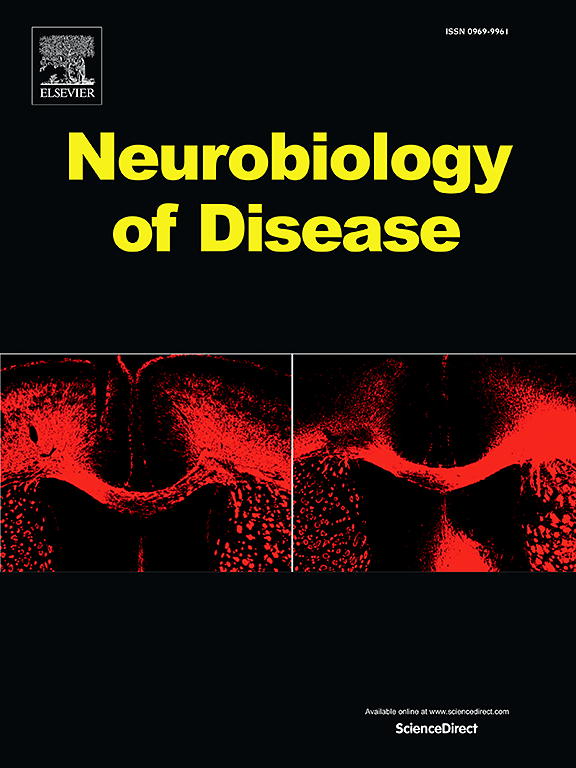容许朊病毒复制底物的脑相互作用组。
IF 5.1
2区 医学
Q1 NEUROSCIENCES
引用次数: 0
摘要
库田鼠对来自许多不同物种的朊病毒菌株敏感,然而库田鼠朊病毒蛋白(BVPrP)作为通用朊病毒受体的能力的分子机制尚不清楚。脑细胞表面分子环境和蛋白质相互作用网络的潜在差异可能导致BVPrP的异常行为。为了验证这一假设,我们制造了表达生理水平BVPrP (M109亚型)的敲入小鼠,并使用质谱法比较小鼠(Mo) PrP和BVPrP在体内轻度脑组织交联后的相互作用组。在BVPrP和MoPrP的顶部相互作用体之间观察到大量重叠,已建立的prp相互作用体如神经细胞粘附分子、Na+/K+- atp酶亚基和contact -1在两个相互作用体中同样存在。我们得出结论,BVPrP和mprp在小鼠大脑中的分子环境非常相似。这表明,BVPrP的非正统性质不太可能是由与其他蛋白质的差异相互作用介导的。本文章由计算机程序翻译,如有差异,请以英文原文为准。

The brain interactome of a permissive prion replication substrate
Bank voles are susceptible to prion strains from many different species, yet the molecular mechanisms underlying the ability of bank vole prion protein (BVPrP) to function as a universal prion acceptor remain unclear. Potential differences in molecular environments and protein interaction networks on the cell surface of brain cells may contribute to BVPrP's unusual behavior. To test this hypothesis, we generated knock-in mice that express physiological levels of BVPrP (M109 isoform) and employed mass spectrometry to compare the interactomes of mouse (Mo) PrP and BVPrP following mild in vivo crosslinking of brain tissue. Substantial overlap was observed between the top interactors for BVPrP and MoPrP, with established PrP-interactors such as neural cell adhesion molecules, subunits of Na+/K+-ATPases, and contactin-1 being equally present in the two interactomes. We conclude that the molecular environments of BVPrP and MoPrP in the brains of mice are very similar. This suggests that the unorthodox properties of BVPrP are unlikely to be mediated by differential interactions with other proteins.
求助全文
通过发布文献求助,成功后即可免费获取论文全文。
去求助
来源期刊

Neurobiology of Disease
医学-神经科学
CiteScore
11.20
自引率
3.30%
发文量
270
审稿时长
76 days
期刊介绍:
Neurobiology of Disease is a major international journal at the interface between basic and clinical neuroscience. The journal provides a forum for the publication of top quality research papers on: molecular and cellular definitions of disease mechanisms, the neural systems and underpinning behavioral disorders, the genetics of inherited neurological and psychiatric diseases, nervous system aging, and findings relevant to the development of new therapies.
 求助内容:
求助内容: 应助结果提醒方式:
应助结果提醒方式:


